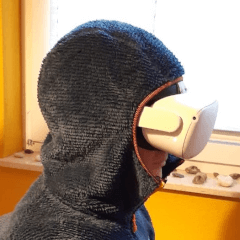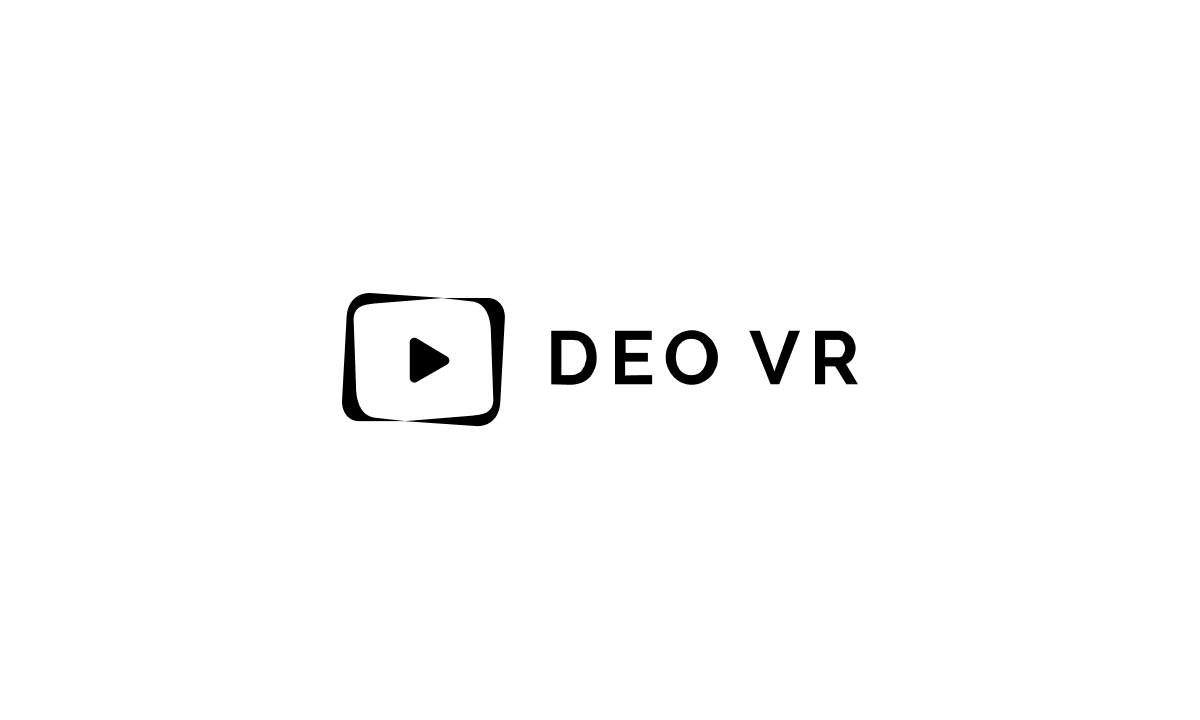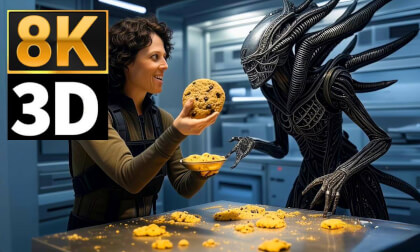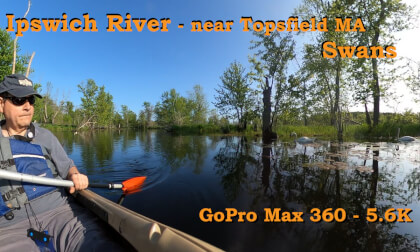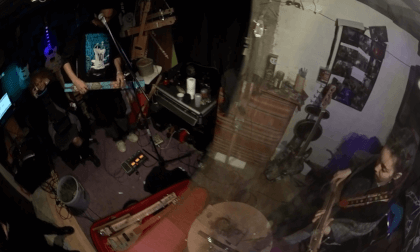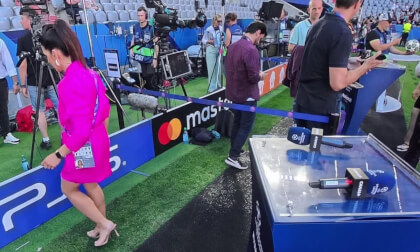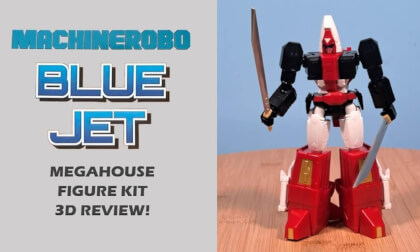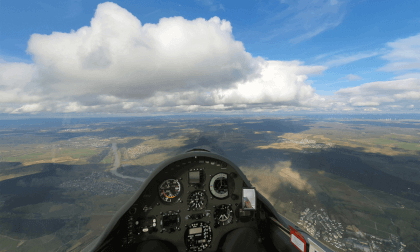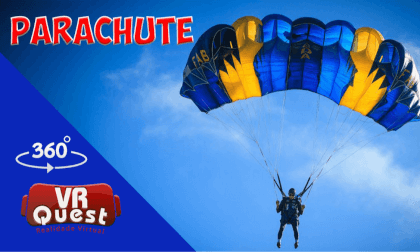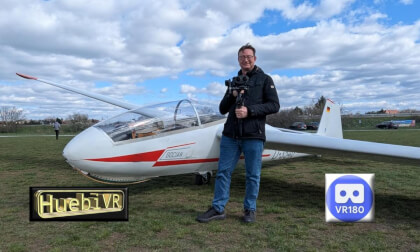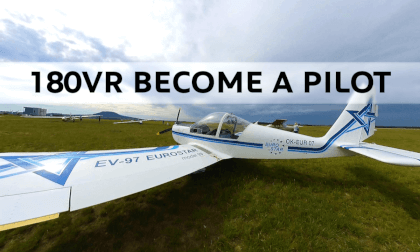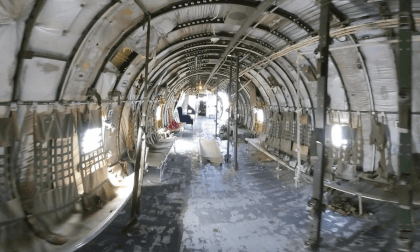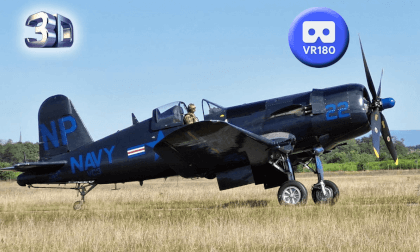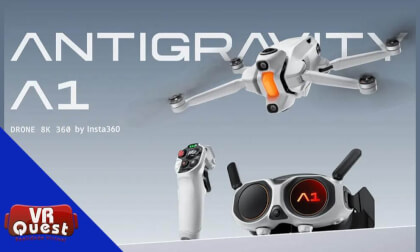New: AI passthrough!
This amazing Deo feature uses the power of AI to turn every VR scene into AR passthrough! Now you can take characters out of VR and have them right there with you - as if they were in the same room.
Notice: AI Passthrough is presently in beta mode, and as such, users may encounter occasional service imperfections. The feature is currently exclusive to the DeoVR app, but it will soon be accessible on both browsers and mobile devices. Your feedback is highly encouraged and appreciated.
Recommended headsets:
Meta Quest 3, and Quest Pro with stereoscopic color passthrough, Pico 4 (monoscopic color passthrough).
Compatible headsets:
Quest 2, Valve Index (monoscopic black and white passthrough).
Passthrough is not compatible yet for Oculus Link cable.
Check out our complete guide to passthrough and join in the discussion at our busy forum.
Both cameras filmed simultaneously in the cockpit so that I could compare them directly:
• Insta360 One RS 1inch 360 (5.7 K)
• Insta360 X4 (8 K)
On this day I flew over the French Alps over the "Queyras" region at an altitude of 3200 - 3500 m.
Notes:
• The 1inch camera probably has an advantage in low-light conditions due to the large sensor, but I didn't try that, this is pretty much the opposite of low light here ;-).
• I didn't apply any further filters when editing the video, but of course I upscaled the 1inch 5.7K material by a factor of 1.30 to 8K.
• I rendered both videos in HEVC h.265 at 60 mbps.
• The sound is also the original from the active camera, but reduced by 20 dB.
---------------
Beide Kameras haben gleichzeitig im Cockpit gefilmt, um sie direkt vergleichen zu können:
• Insta360 One RS 1inch 360 (5,7 K)
• Insta360 X4 (8 K)
An diesem Tag flog ich über den französischen Alpen über die Region „Queyras“ in einer Höhe von 3200 – 3500 m.
Hinweise:
• Die 1inch-Kamera ist aufgrund des großen Sensors bei Low-Light-Bedingungen vermutlich im Vorteil, das habe ich aber nicht ausprobiert, das hier ist so ziemlich das Gegenteil von Low Light ;-).
• Ich habe keine weiteren Filter beim Videoschnitt angewendet, aber natürlich das 1inch-5,7K-Material um den Faktor 1,30 auf 8K hochgerechnet.
• Ich habe beide Videos in HEVC h.265 mit 60 mbps gerendert.
• Auch der Ton ist das Original der jeweils aktiven Kamera, jedoch um 20 dB reduziert.
